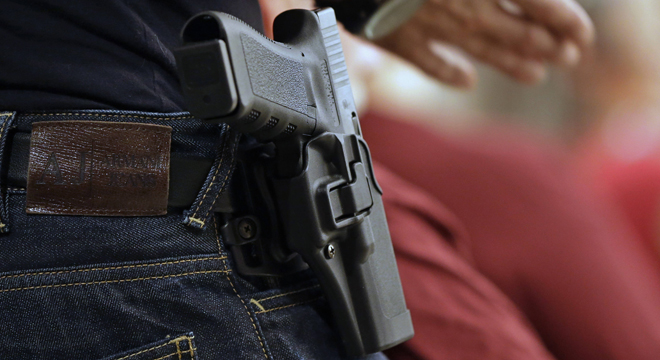A new study says that each year approximately 7,500 children are admitted to U.S. hospitals with gunshot wounds and more than 500 children die during hospital admission from these injuries.
An abstract of the study, titled “United States Gunshot Violence–Disturbing Trends,” was presented on Sunday by researchers at the American Academy of Pediatrics (AAP) National Conference and Exhibition in Orlando, Fla. The study also found that states with higher numbers of firearm ownership had higher proportions of childhood gunshot wounds.
“Handguns account for the majority of childhood gunshot wounds and this number appears to be increasing over the last decade,” Arin Madenci, MD, MPH, the author’s lead study, said in a statement issued by the AAP. “Furthermore, states with higher percentages of household firearm ownership also tended to have higher proportions of childhood gunshot wounds, especially those occurring in the home.”
As part of the study, researchers reviewed records for 36 million pediatric hospital admissions from the years 1997, 2000, 2003, 2006, and 2009. And they found that the gunshot wound numbers have gone up. Between 1997 and 2009, hospitalizations from gunshot wounds rose from 4,270 to 7,730, and in-hospital deaths rose from 317 to 503. (And the numbers for both figures, hospitalizations and deaths, were higher in 2006 than 2009.)
According to the abstract, the study concluded that handguns may be a more “efficacious target” for policy proposals than semi-automatic assault rifles.
“Policies designed to reduce the number of household firearms, especially handguns, may more effectively reduce the number of gunshot injuries in children,” Madenci said.
In an interview with NBC News, Alan Gottlieb, chairman of the Citizens Committee for the Right to Keep and Bear Arms, did not dispute the study’s findings, but argued that guns also save lives.
“When you look at the number of people who are alive today or who didn’t have to be hospitalized because they weren’t a victim — and the money saved on that — you have to look at that side of the equation to get good public policy,” Gottlieb said.






